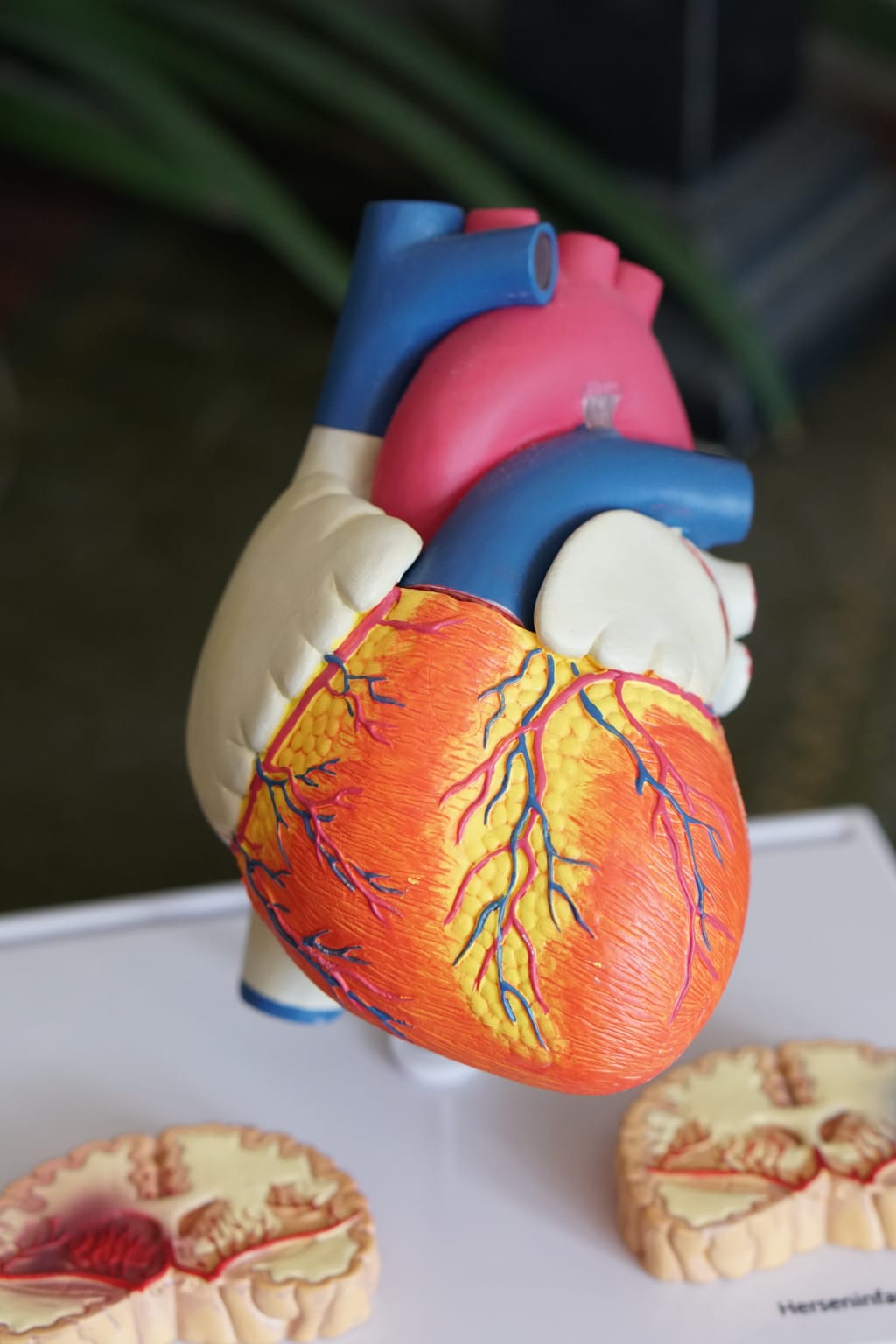The Astonishing Length of the Circulatory System: Over 60,000 Miles of Life-Sustaining Pathways
The human body is an intricate masterpiece, full of astonishing wonders.

The Astonishing Length of the Circulatory System: Over 60,000 Miles of Life-Sustaining Pathways
Introduction
The human body is an intricate masterpiece, full of astonishing wonders. Among its many marvels lies the circulatory system, an extensive network of blood vessels that stretches for over 60,000 miles throughout our bodies. This incredible web of pathways plays a vital role in delivering oxygen, nutrients, and other essential substances to every cell, tissue, and organ. Join us on a fascinating journey as we delve into the remarkable length and significance of the circulatory system.
The Foundation of Life
The circulatory system serves as the foundation of life itself, ensuring the continuous flow of blood to nourish and sustain our bodies. At its core are the heart, the powerful pump that propels blood, and a vast network of blood vessels, including arteries, veins, and capillaries. These blood vessels weave through every nook and cranny, leaving no cell untouched. In fact, if we were to lay out all the blood vessels in an adult body end to end, they would span an astounding distance of over 60,000 miles—enough to encircle the Earth more than twice!
The Lifeline: Arteries, Veins, and Capillaries
Arteries, veins, and capillaries make up the three main types of blood vessels within the circulatory system. Arteries carry oxygen-rich blood away from the heart, branching out into smaller vessels and ultimately into capillaries. Capillaries are incredibly thin and form an intricate network throughout the body, facilitating the exchange of oxygen, nutrients, and waste products between blood and surrounding tissues. Once the oxygen is depleted, blood returns through a vast network of veins, culminating in the major veins that bring the blood back to the heart for reoxygenation.
The Powerhouse: The Heart
At the center of this remarkable system is the heart—a tireless muscle that beats an average of 100,000 times per day, pumping approximately 2,000 gallons of blood throughout the body. The heart's left side receives oxygenated blood from the lungs and propels it out into the vast network of arteries. Meanwhile, the right side of the heart receives oxygen-depleted blood and pumps it to the lungs for replenishment. This continuous cycle keeps our bodies supplied with the essential elements required for life and ensures the removal of waste products, allowing each cell to function optimally.
The Miraculous Journey of a Single Blood Cell
To truly grasp the magnitude of the circulatory system's vastness, consider the journey of a single blood cell. Starting in the left ventricle of the heart, it embarks on a voyage through arteries, capillaries, and veins, traversing an extraordinary distance before returning to the heart. As the blood cell reaches its destination, it delivers oxygen and nutrients to the tissues, while also removing waste products. This continuous process happens on a mind-boggling scale, with billions of blood cells circulating through our bodies simultaneously.
The circulatory system's immense length of over 60,000 miles showcases the extraordinary complexity and efficiency of the human body. It is an intricate network that ensures the delivery of vital resources to every cell, organ, and tissue. By comprehending the awe-inspiring scope of our circulatory system, we gain a deeper appreciation for the remarkable machinery that sustains our lives. So, the next time you feel your heart beating or notice the faint pulse in your wrist, remember the incredible journey of your blood—spanning an astonishing distance that





Comments
There are no comments for this story
Be the first to respond and start the conversation.